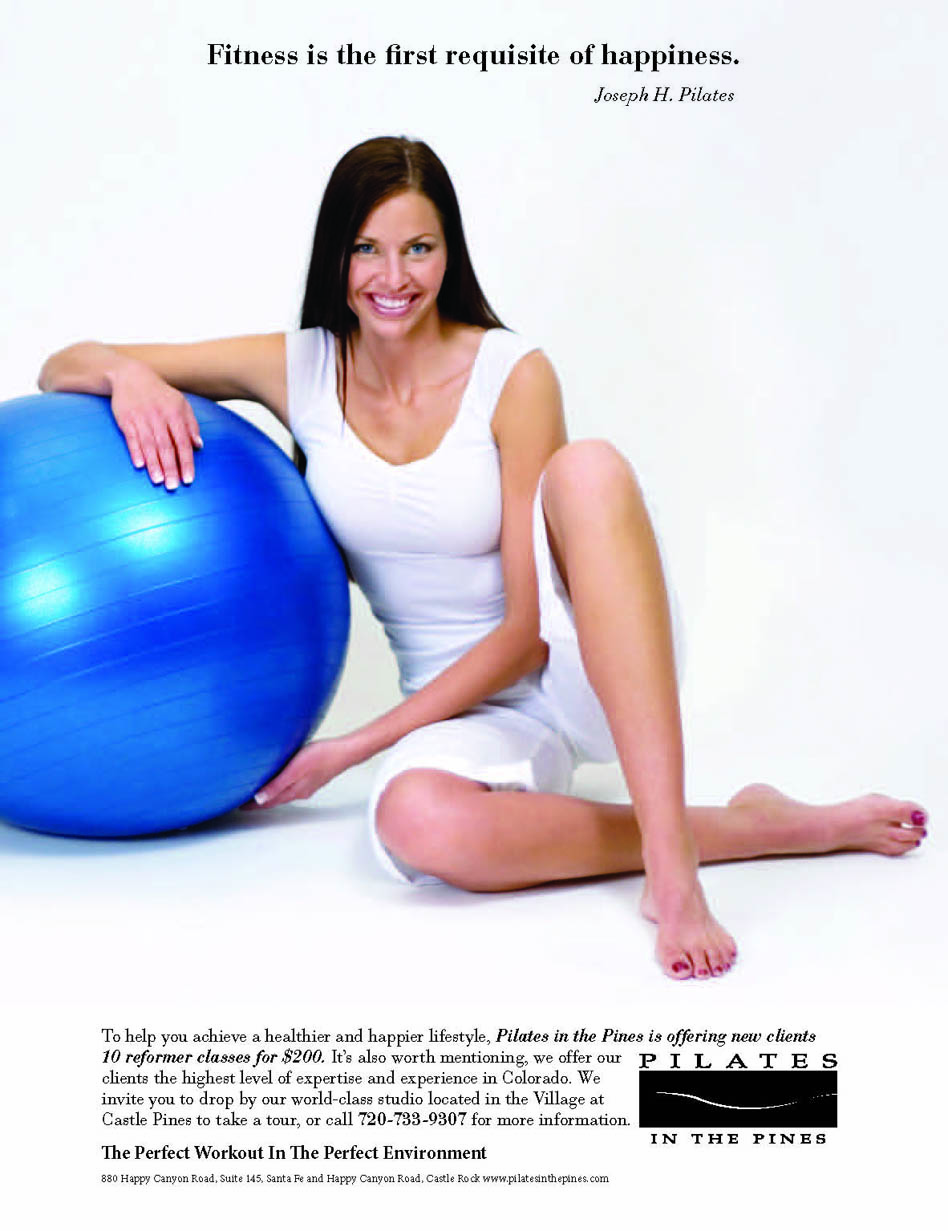Choosing the Right Pilates Ball
Posted by Ian Kullhem on Dec 16, 2014
Not all balls are the same.
Different fitness routines require different balls—medicine balls and Pilates balls. Pilates balls have a number of different names including: therapy ball, exercise ball, Swiss ball, balance ball, birth ball, physioball, Pezzi ball, sports ball, Swedish ball, and stability ball.
Medicine balls are weighted balls of varying weights and sizes designed for strength training. These balls are typically about the size of a basketball or smaller (though some do come in larger sizes).
A Pilates ball is a large, air-filled ball approximately 14-34 inches in diameter. The Pilates ball is used in an extremely broad range of applications from fitness programs to ergonomic solutions to back pain.
Pilates balls come in a fairly broad range of sizes, from ones that you can easily hug with both arms, to ones that you can’t wrap your arms around. Additionally, because Pilates balls are filled with air, they can be inflated or deflated to meet your specific needs. For example, if you are using a ball that is a little too large for you, letting out some of the air can help bring it to a more reasonable height and make it more stable.
A Pilates ball is effective is because it is difficult to balance on. So whenever you use it to exercise, you are automatically toning and honing your balancing muscles to contradict the ball’s unstable nature. As the ball deflates, it becomes more stable and easier to maintain your balance, thus you aren’t getting the full benefits you would on a fully inflated ball.
Though a Pilates ball can be a great exercise tool, it is important to get the right size ball for your height. If the ball is too big or too small it won’t target the desired muscle groups. How do you know what size is the right size? For most exercises, you want a ball that is large enough that when you sit on it with your feet flat on the floor, your legs are at a 90-degree angle. Though charts exist showing height and appropriate ball size, they don’t account for varying physiological differences like longer or shorter legs.
Check with your doctor to ensure that you can use a Pilates ball safely. If you have ever had any spinal injury, you should not use a Pilates ball without physician consent. Working through ball exercises with an instructor prior to purchasing a ball can help validate that you have the proper form and technique, reducing your risk of injury.
